Hello, folks!
I’d love to share with you the incredible vibe of Ukrainian Easter, which I celebrated at Saint Sophia Cathedral in Kyiv.
In Ukraine, preparations for Easter begin well in advance. Traditionally, people would do a thorough spring clean of their homes and courtyards, prepare their finest and most festive clothing, bake pasky (Easter bread), decorate pysanky (intricately patterned eggs using hot coloured wax), and dye krashanky (eggs dyed in a single colour).
On Easter Day itself, there’s plenty of joy, laughter and delicious food. People visit friends and relatives, exchange pasky and krashanky, and even take part in egg battles!
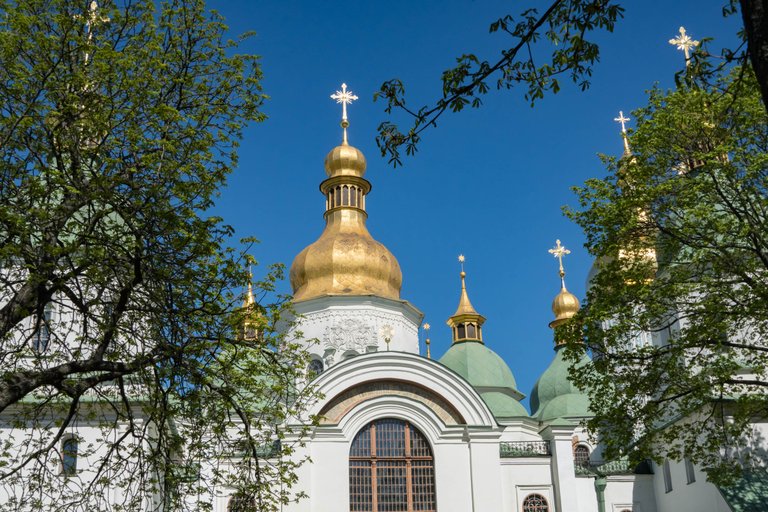
A few days beforehand, I came across an announcement for a special Easter concert. On Easter Sunday, in the very heart of ancient Kyiv — where the centuries-old walls of Saint Sophia Cathedral stand witness to over a thousand years of history — springtime ritual songs (vesnianky) were set to be performed. These calendar-ritual songs preserve echoes of ancient traditions passed down from generation to generation.
The ticket also granted free access to the cathedral grounds and all other festivities. I didn’t feel like spending the holiday alone at home, so I decided to go — and I have to say, the whole event far exceeded my expectations.
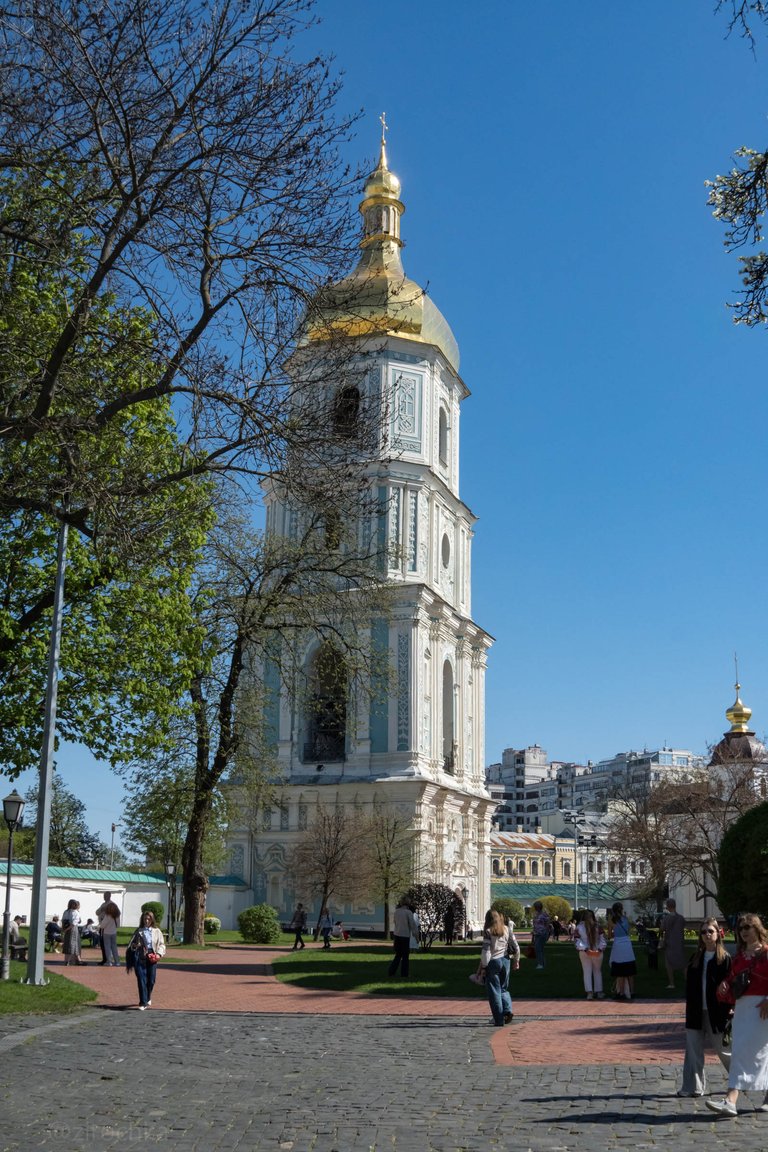 | 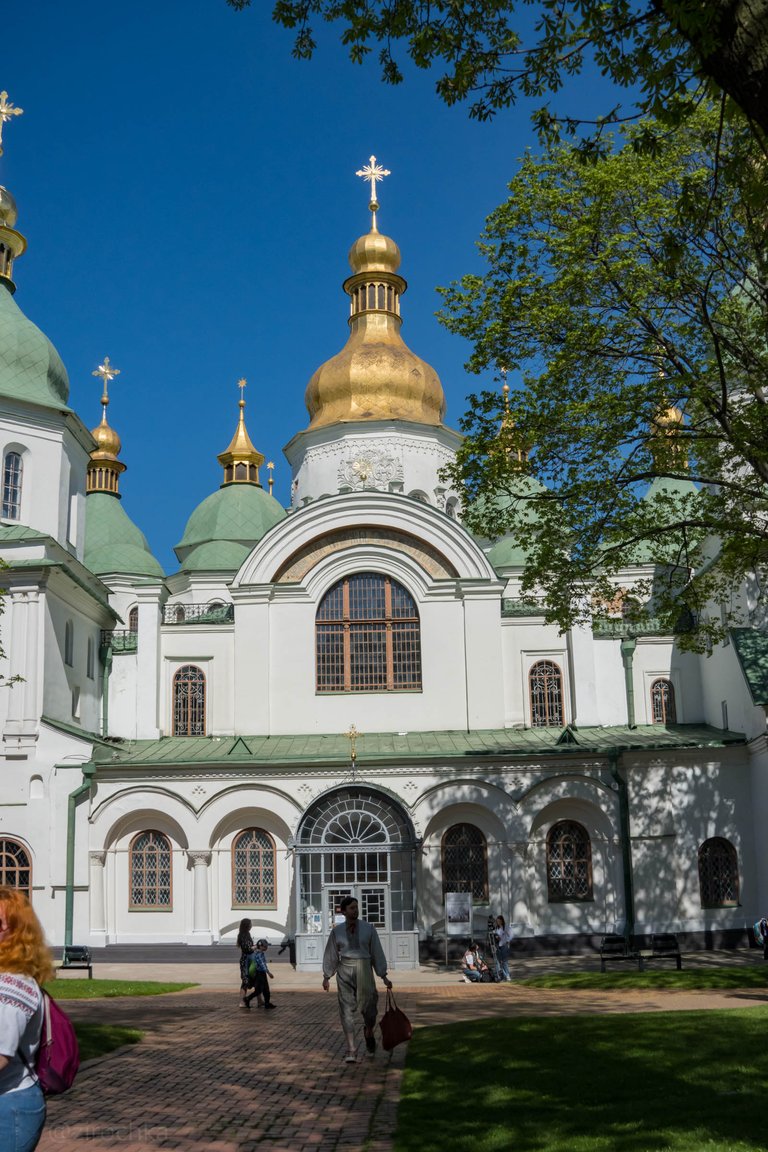 |
|---|
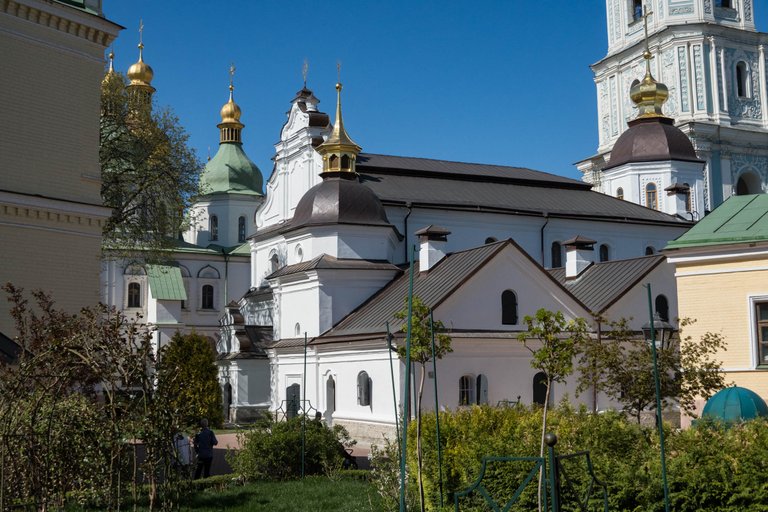
The weather was lovely — sunny and warm — and the cathedral grounds were filled with families, children, and visitors from all over. The atmosphere was festive yet peaceful.
The first thing I saw were young girls getting ready for the traditional dance — they were adjusting their floral wreaths and taking selfies. And then, the real festivities began.
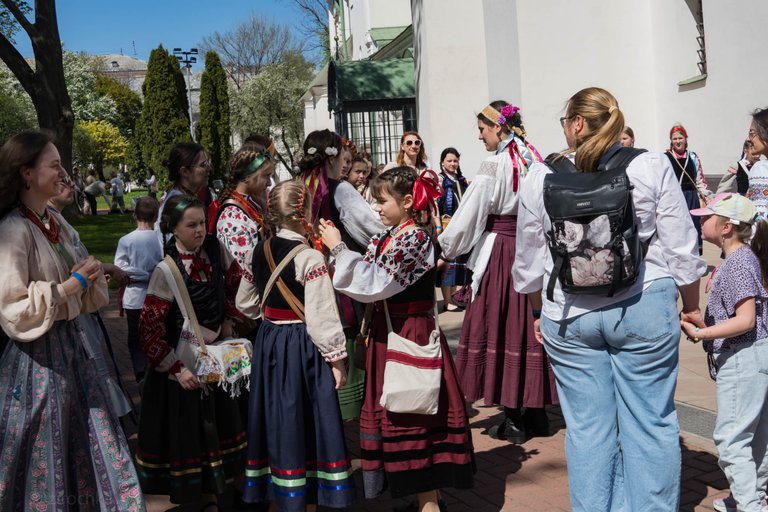
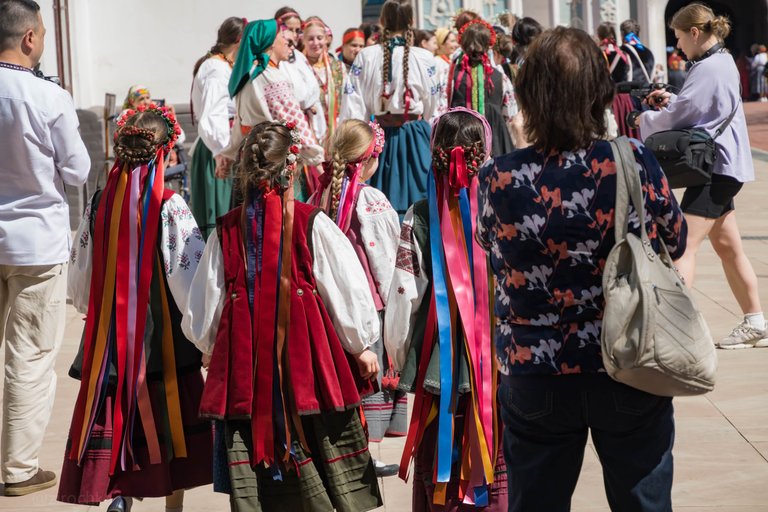

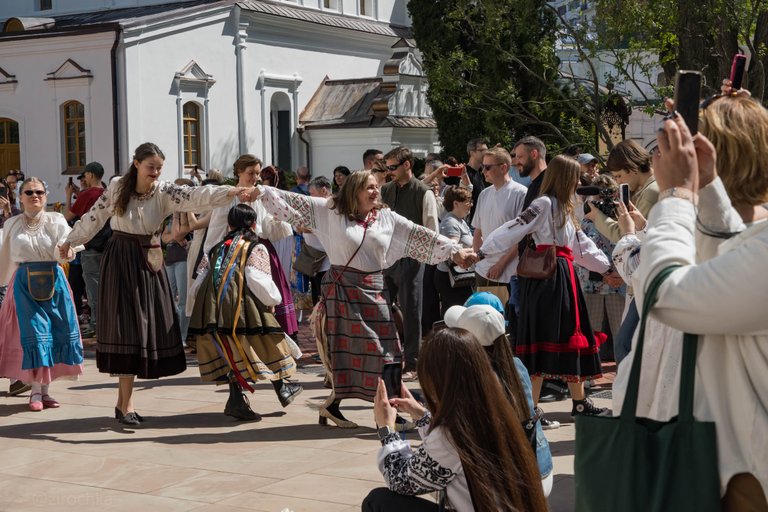
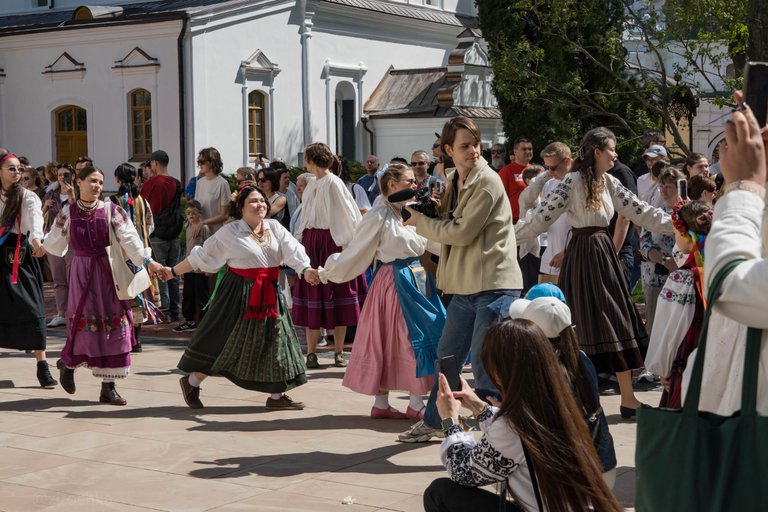

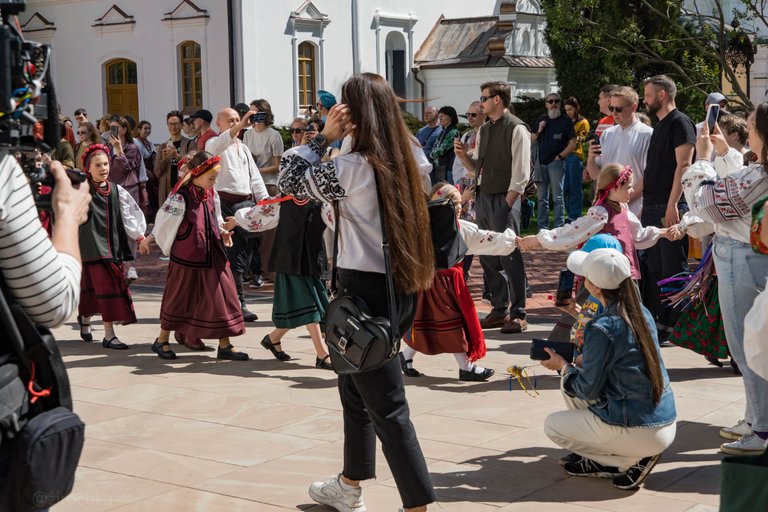
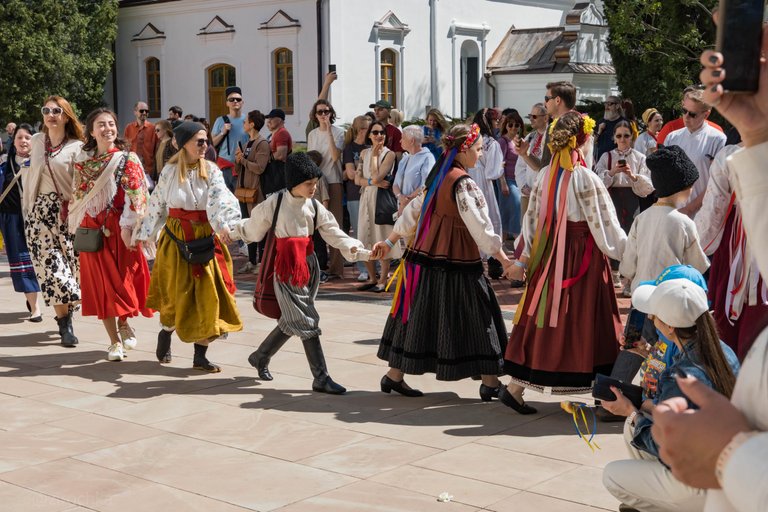
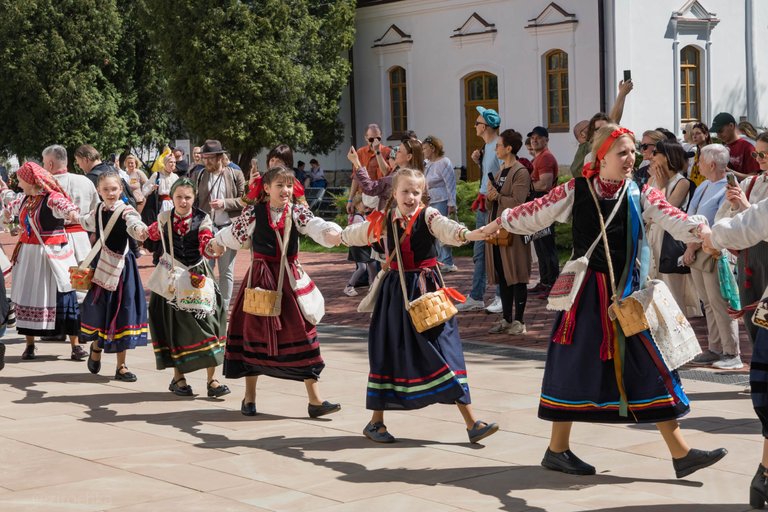
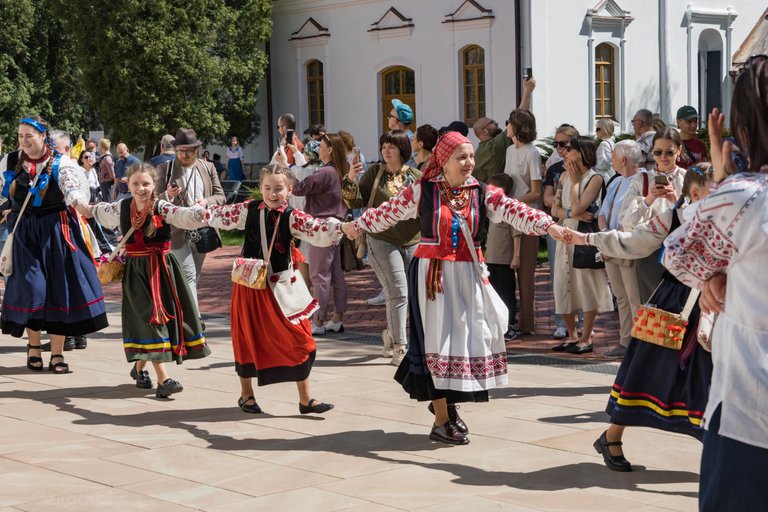

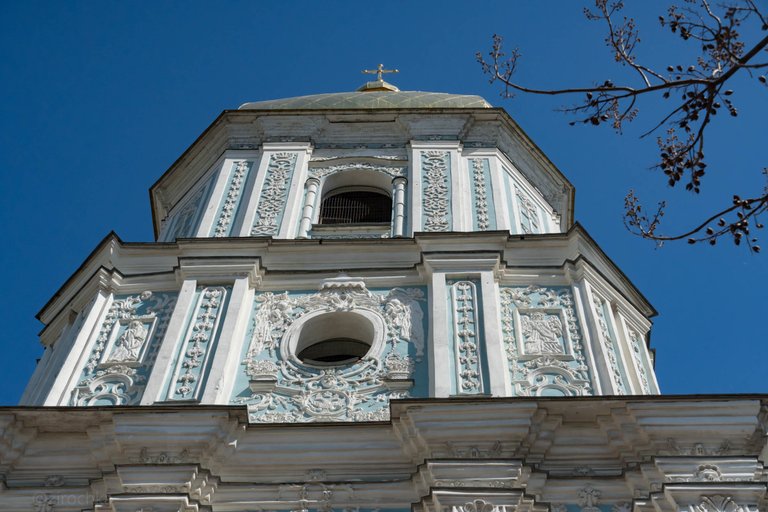
Take a look at the decoration of the main bell tower — on such a beautiful day, it truly felt like even the angels were dancing and rejoicing.
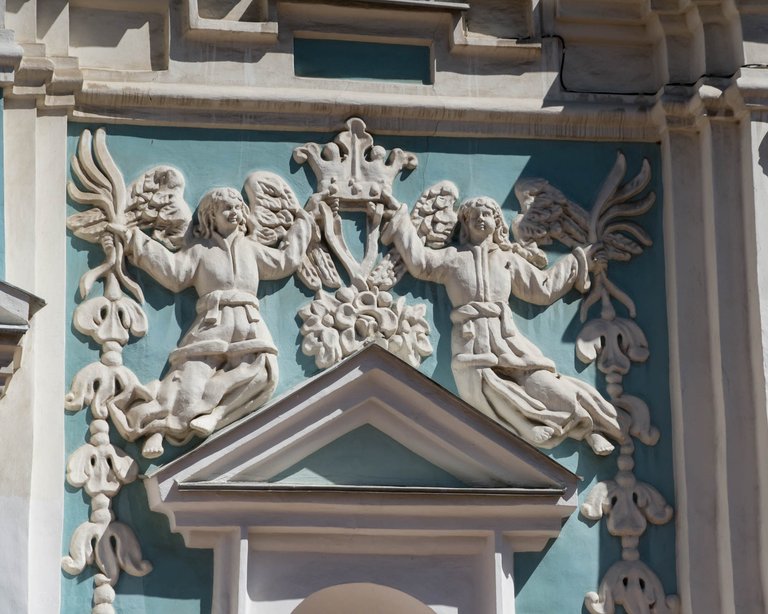 | 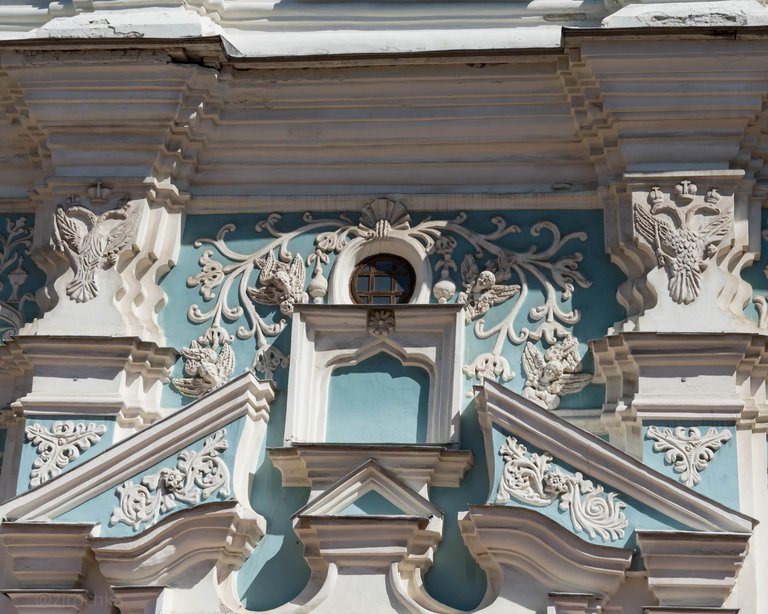 |
|---|


I had only about half an hour before the concert started, just enough time for a little wander around. Then the cathedral doors opened.
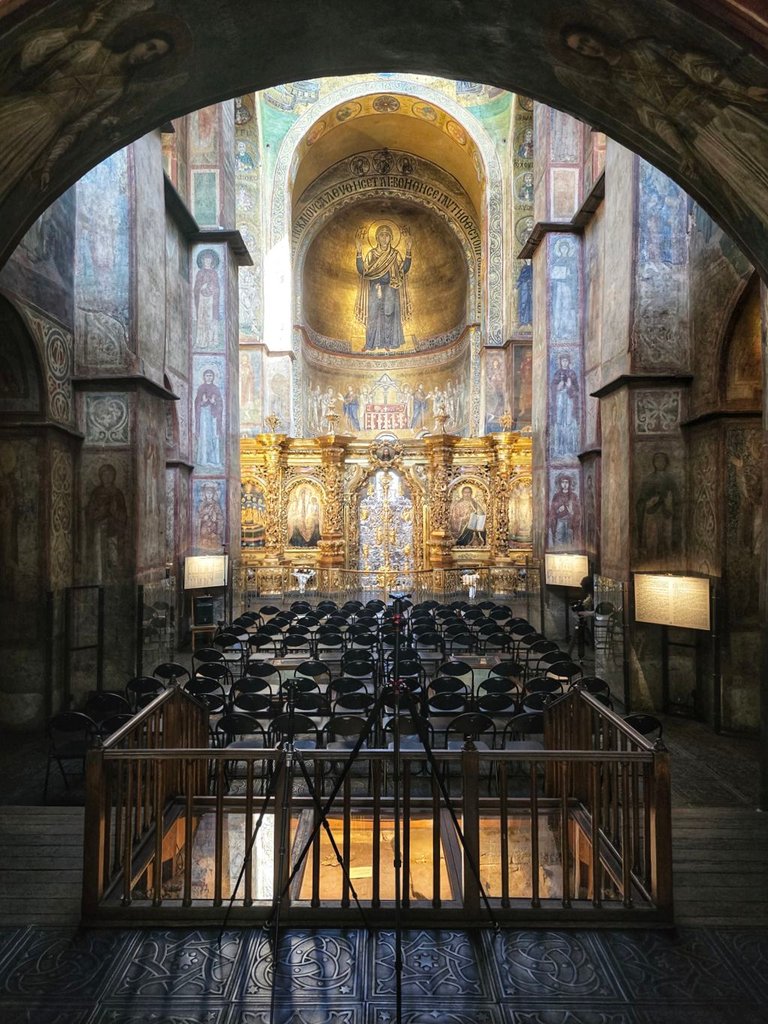
Inside, it was cool and quiet. Chairs had been neatly arranged, waiting for guests, while cameras set up along the sides seemed to be waiting for the performers. My ticket was for open seating, so being an early bird, I took a seat in the front row.
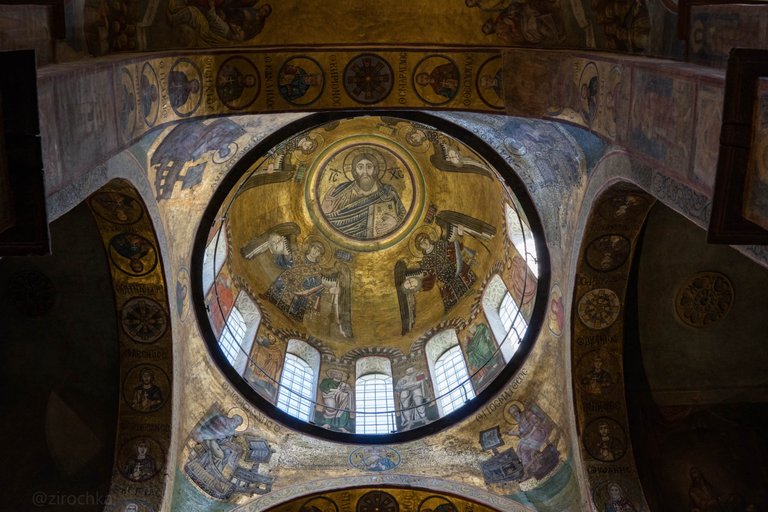
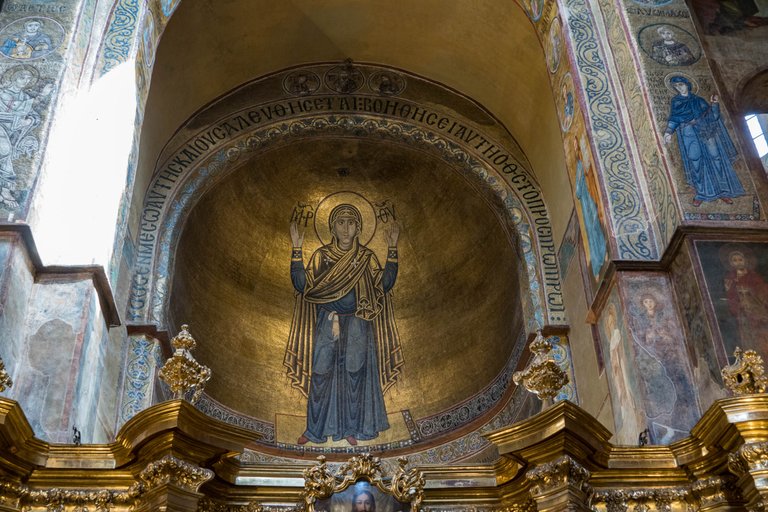
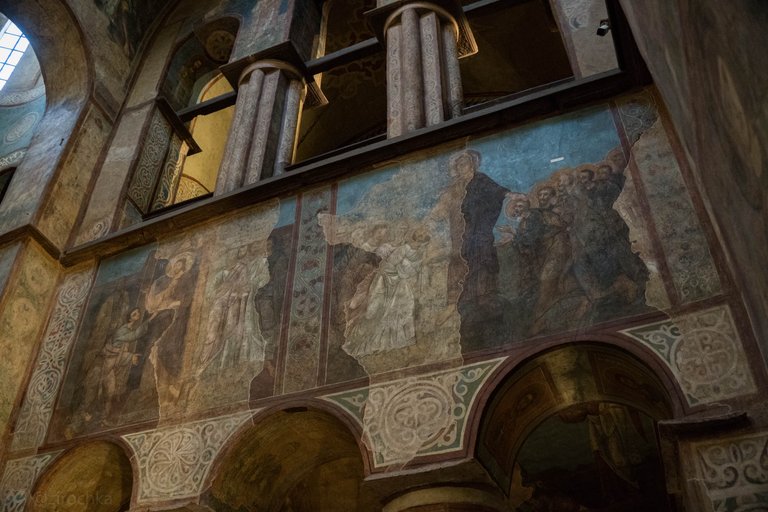
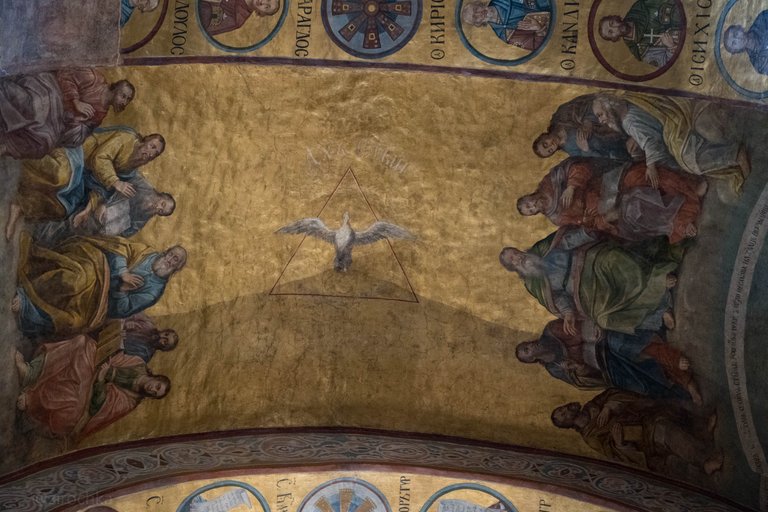
Next to me sat a man whose seat had a name tag. We started chatting. It turned out he was Austrian and had driven for sixteen hours non-stop just to attend this event. He visits Ukraine often, has travelled to many cities, and truly loves being here.
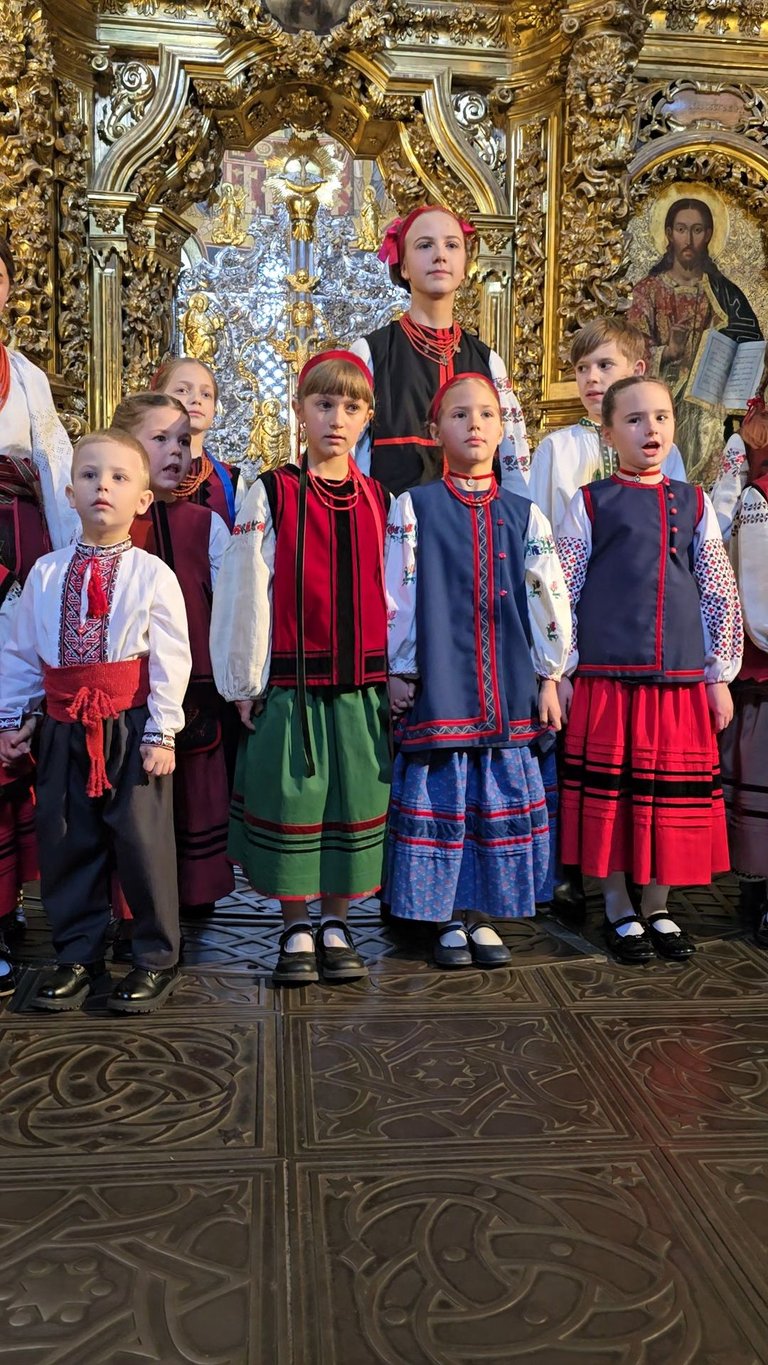
The concert was nothing short of divine. The acoustics of the cathedral were absolutely incredible, and the performance was structured in such a way that sometimes the choir sang in front of the audience, sometimes from above in the gallery, and sometimes from both — creating a kind of call-and-response from different directions.
The event opened with a performance by small children, followed by a women’s choir. But what moved me the most was the men’s choir performing ancient Byzantine chants composed in the 6th, 8th, and 14th centuries. It was pure magic — a perfect harmony of sound, architecture, and sacred art.
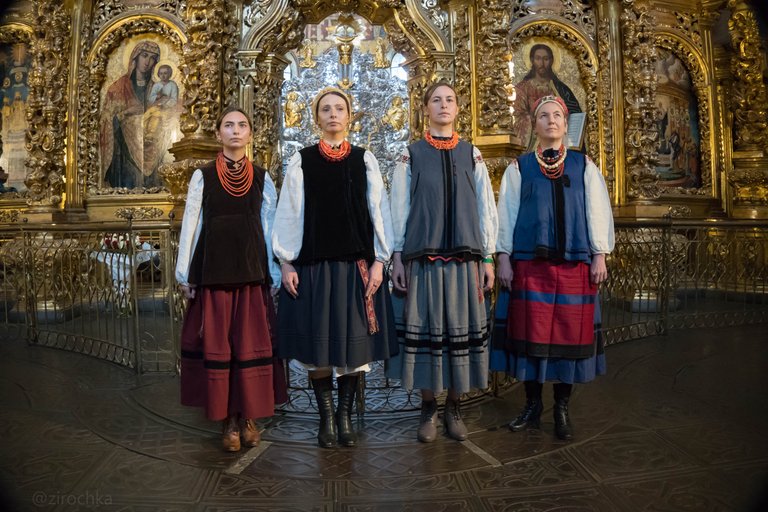
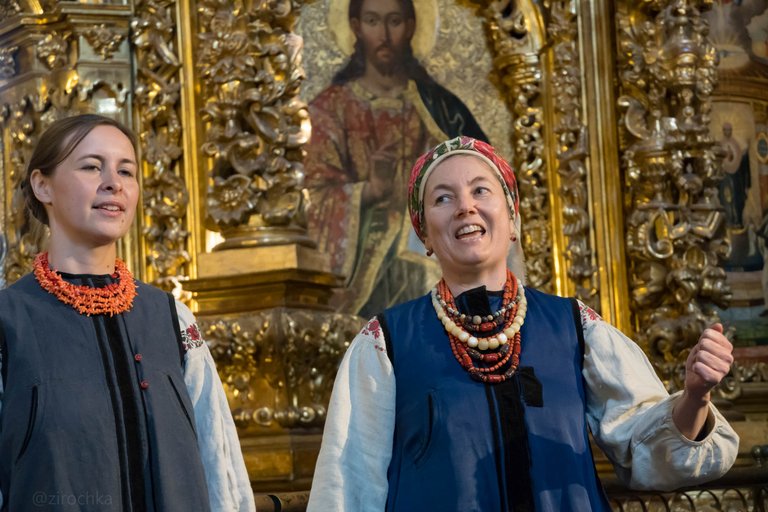

To close, all the performers came together to sing the traditional celebratory hymn “Mnohaya Lita” — “Many Happy Years”.
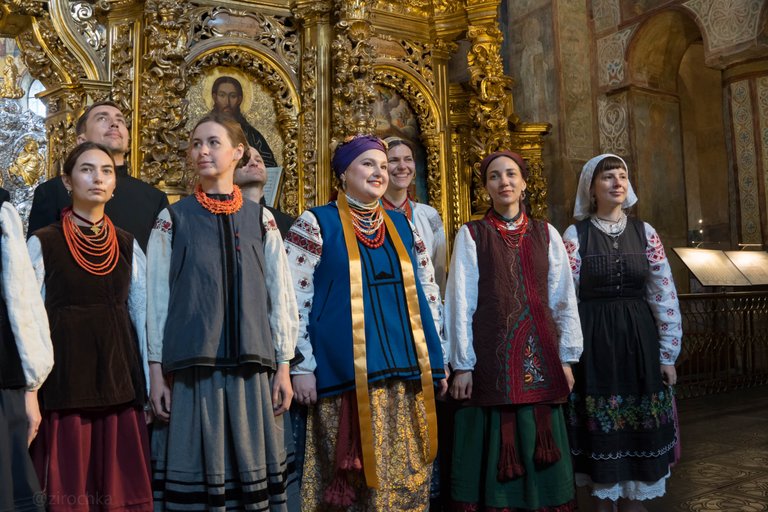


It was so beautiful, I didn’t want to leave…

The wooden gilded iconostasis was crafted in the style of Ukrainian Baroque. During the Soviet era, the authorities ordered the Holy Gate — made of silver — to be removed and melted down. They were cut into several pieces, but fortunately, common sense ultimately prevailed. What hadn't been stolen was preserved in a museum.
In 2005, Ukraine announced a competition for the best restoration project, which was won by a team of Polish artisans. Seven specialists worked on the restoration under the leadership and with the participation of Marek Haniew, the best jeweller and metalwork expert in Krakow. Before taking on this complex task, Marek Haniew spent an entire year preparing. The reserve’s scholars also carried out extensive research. The reproduction of the Holy Gate took about six months. Only 50–60% of the original had survived, and the missing parts were recreated using high-grade silver. The painted elements were restored by artists from Lviv.
The entire restoration cost around $120,000, while the doors themselves have been valued at $560,000. They weigh approximately 140 kilograms and stand 4 metres tall. They are a true masterpiece of jewellery craftsmanship.

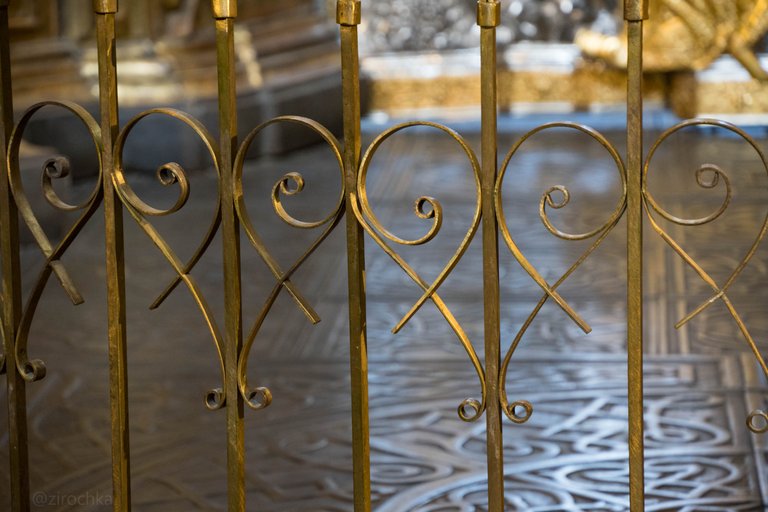
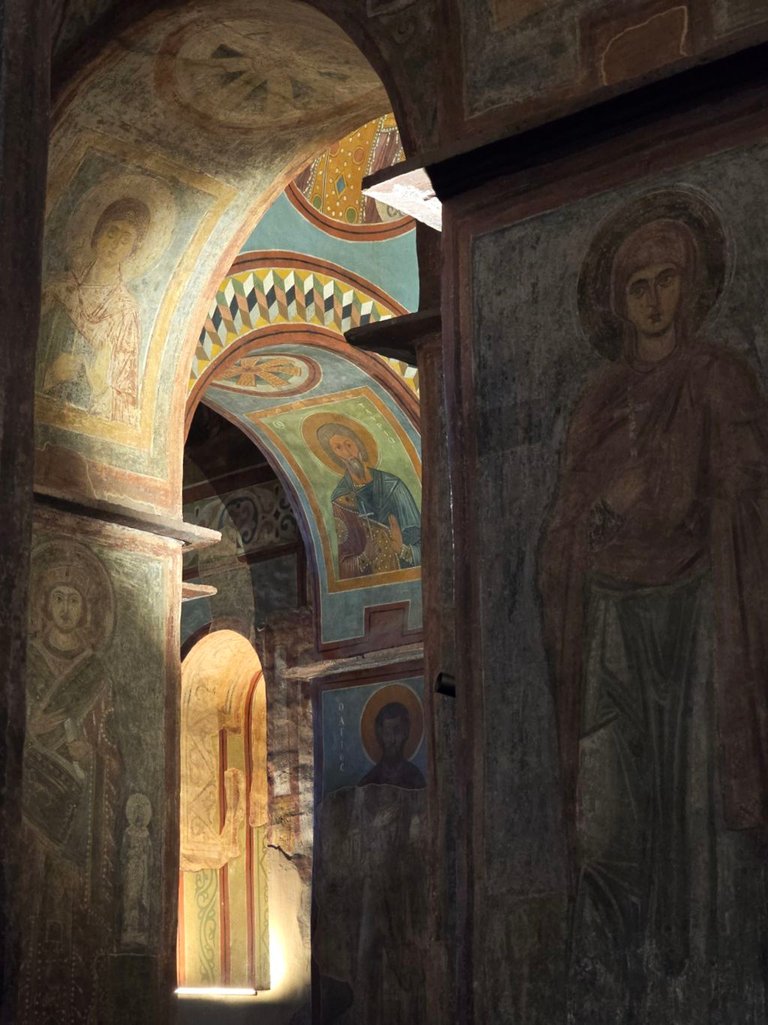 | 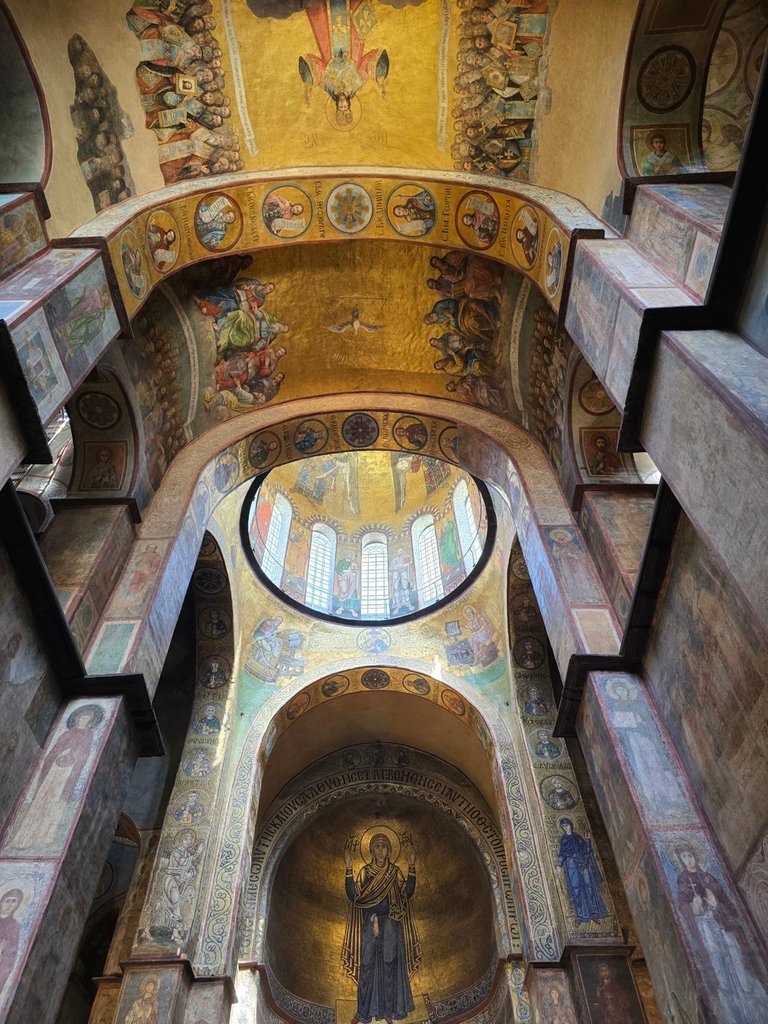 |
|---|

Here we are — that’s almost everything. But it’s not the end, as there’s more to come. In my next post, I’ll share what I saw beyond the walls of the cathedral — both in words and in photos.
Stay tuned,
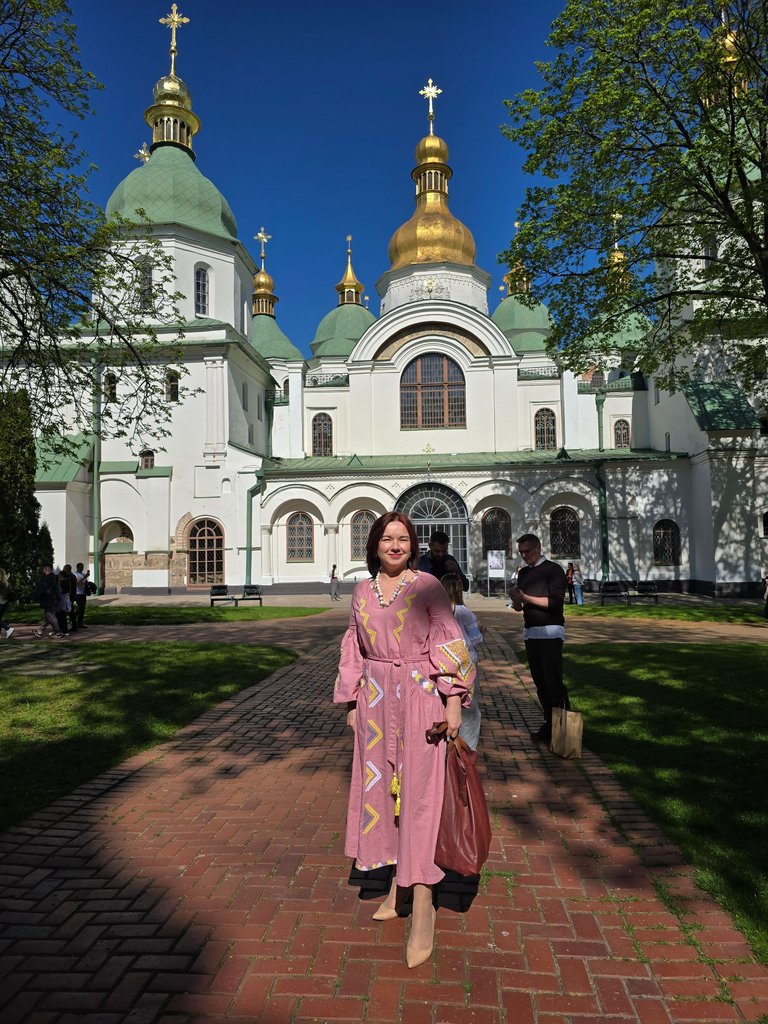
All photos are taken and owned by me and cannot be used without my consent.